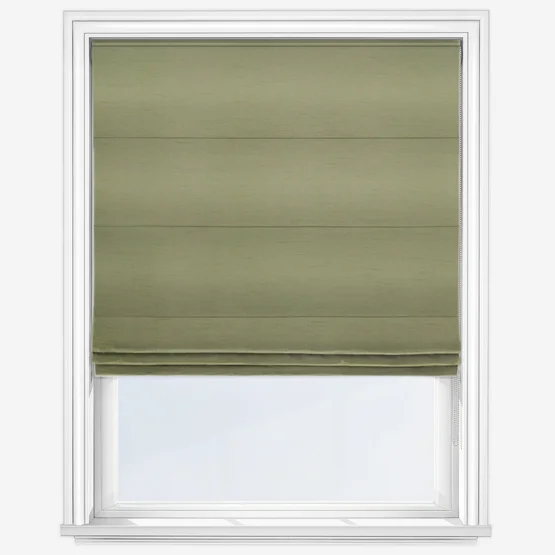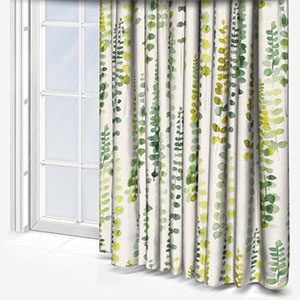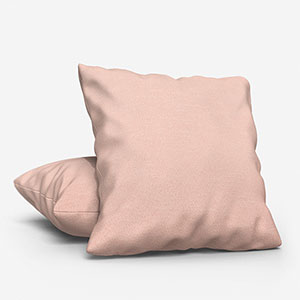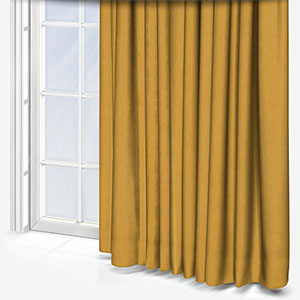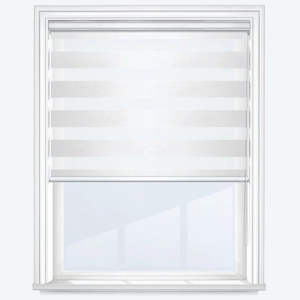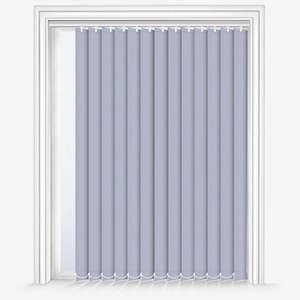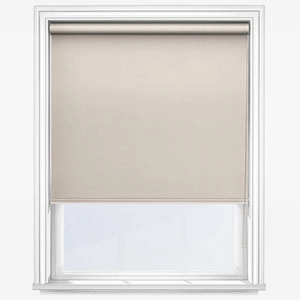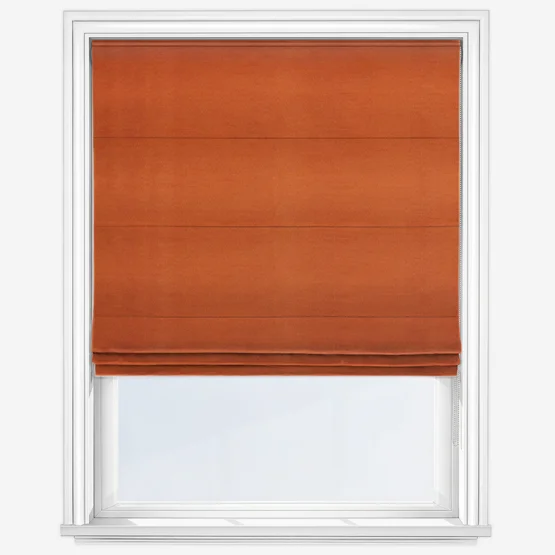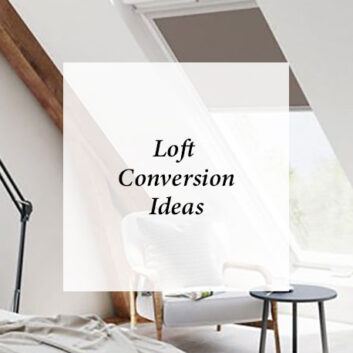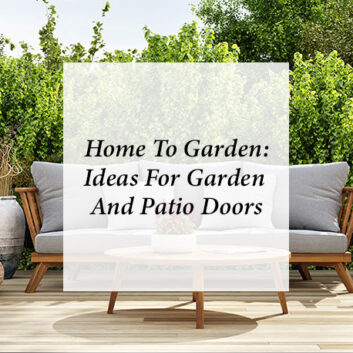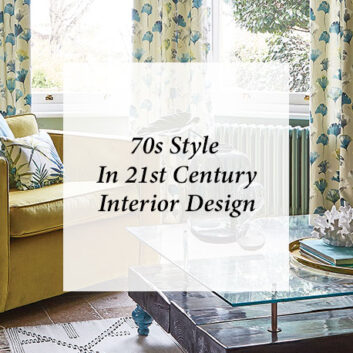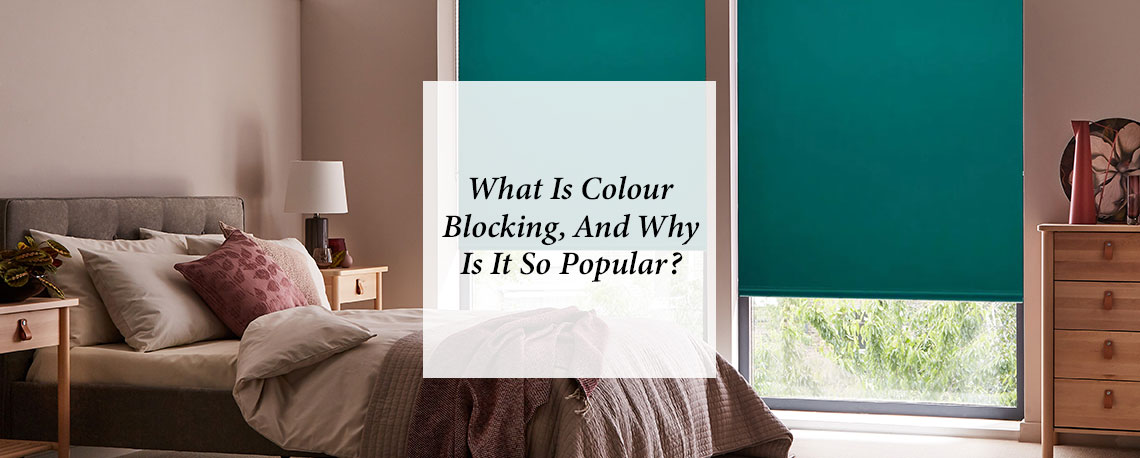
What Is Colour Blocking, And Why Is It So Popular?
Colour blocking is the process of using two or more bold and daring colours to create a space fizzing with energy and drama. Originally made popular in kitchens, colour blocking can be used throughout the home and today, we’ll be providing you with our top tips for using this simple yet effective way of decorating your home!
Basic colour blocking ideas
Before getting into how to best use colour blocking in your space, it’s important to first understand colour theory so you pick the right shades. It’s well known that some colours go well together – and others not so much – but which colours work best together?
Well, it depends. Firstly, before thinking about specific colours, decide whether your home is going to be ultra-modern and cutting edge, or more traditional. Once decided, you can then move onto the fun stuff and pick out your colours!
For youthful rooms, juicy jewel shades are perfect for colour blocking and, conversely, warmer, deep shades – or colours with greyish tones – are best for traditional spaces. Keen to learn more? Read on…
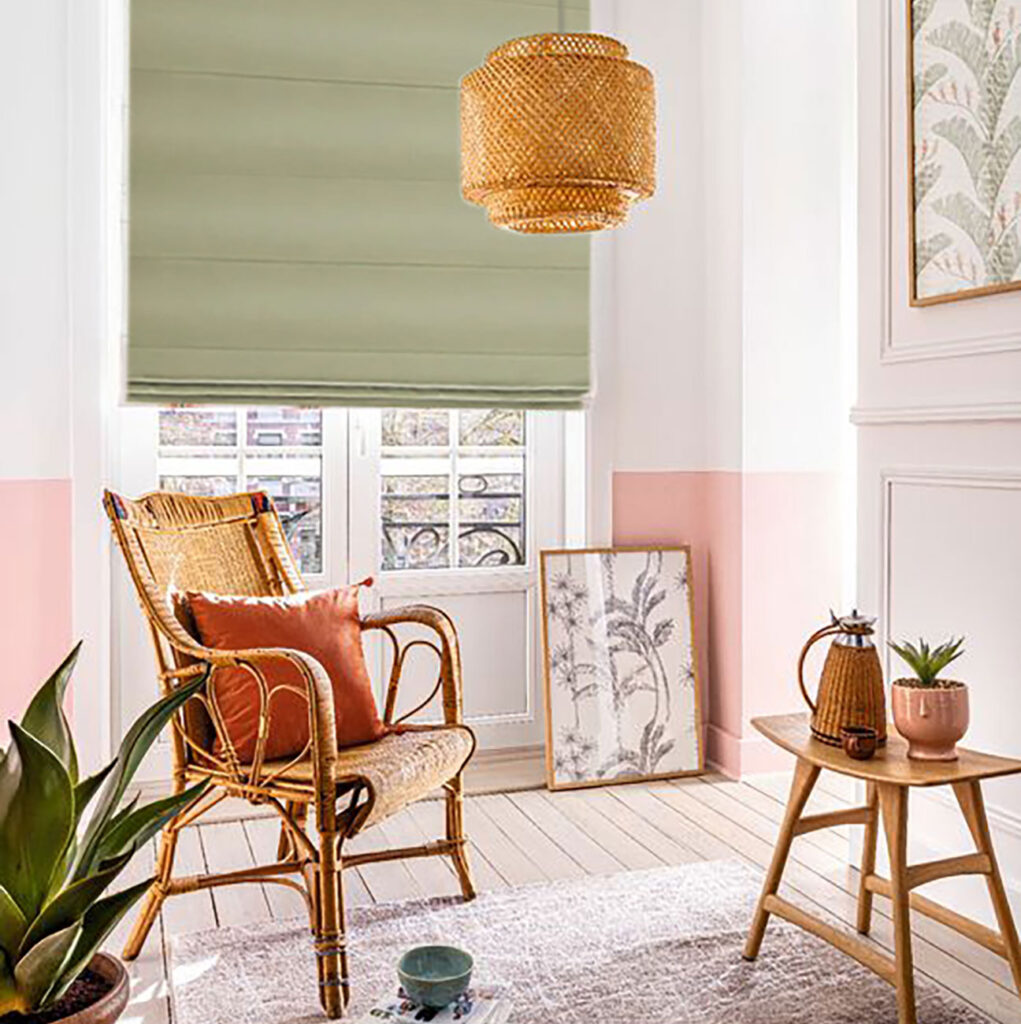
Traditional colour blocking interiors
While colour blocking may be most associated with more modern interiors, a popular way of using this excellent interior design tool is to use colours on the natural side of the spectrum. For example, many classically inspired homes look towards creams, sage greens, rich blue shades and tones of terracotta.
Colour blocking with soft and bright colours
By using an off white or stone grey as the foundation for colour blocking, you unlock an exciting range of excellent colours which can be added to the mix. With soft, cool grey walls, you can look to block colour window furnishings, cabinets, and furniture. Terracotta Roman blinds with dark wood cabinets for instance is a perfect example of a more traditional colour blocking strategy.
Soft green
Similarly, you can use soft green paint or wallpaper on the walls and fit cream roller blinds to the windows amidst off white furniture. By keeping the space focused on colour, forgoing pattern, you can be more daring and not have to concern yourself about whether the shapes found in your soft furnishings match or clash.
If you’re looking for some small details to add a hint of movement into the space, look to house plants – the bigger and greener the better!
Colour blocking in modern homes
In a modern space, the number of colours available to you is even greater and you have more flexibility for creativity.
Juicy, jewel tones are perfect for modern colour blocking. They can be built around a pure white foundation or be a mixture of contrasting colours. Dominate your space with lime green and raspberry red you say? Why not!
Golden yellow with powdery blue, or white and orange will make a space feel full of energy by capturing the daring use of colour from the 60s and 70s. Furthermore, by using colours that pack more of a punch, you can introduce a bit of shape into your home while keeping on theme.
For instance, when colour blocking walls with bold colours, you can add curved lines adding a touch of drama to your interior design. Moreover, with fun modern colours, you can expand beyond a duo of colours to add a third or even fourth colour into the mix.
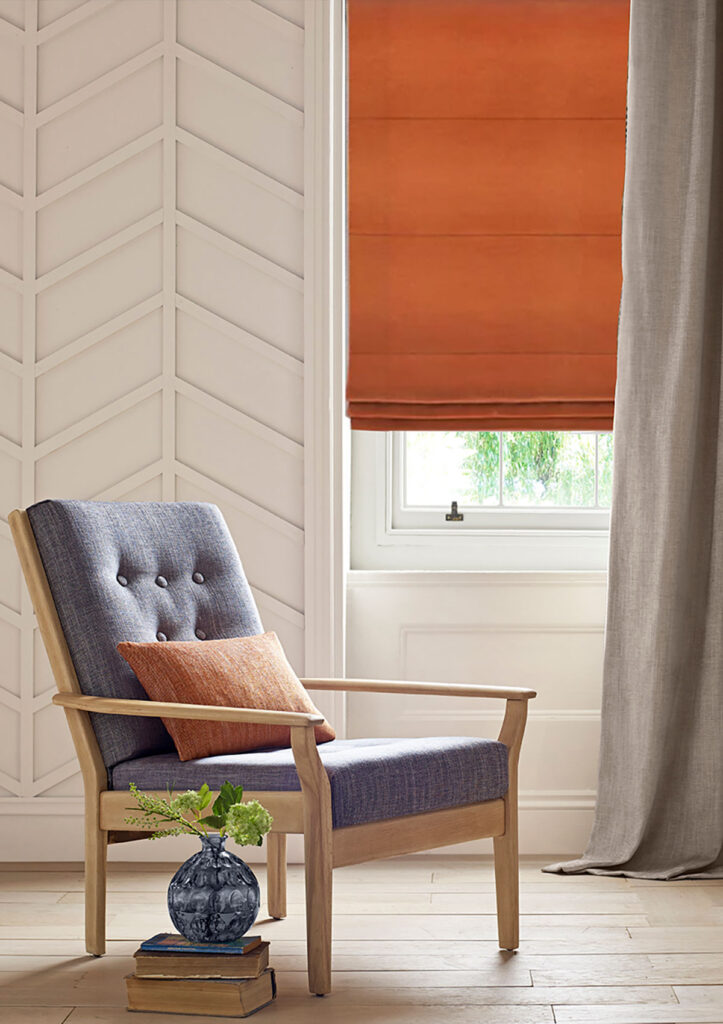
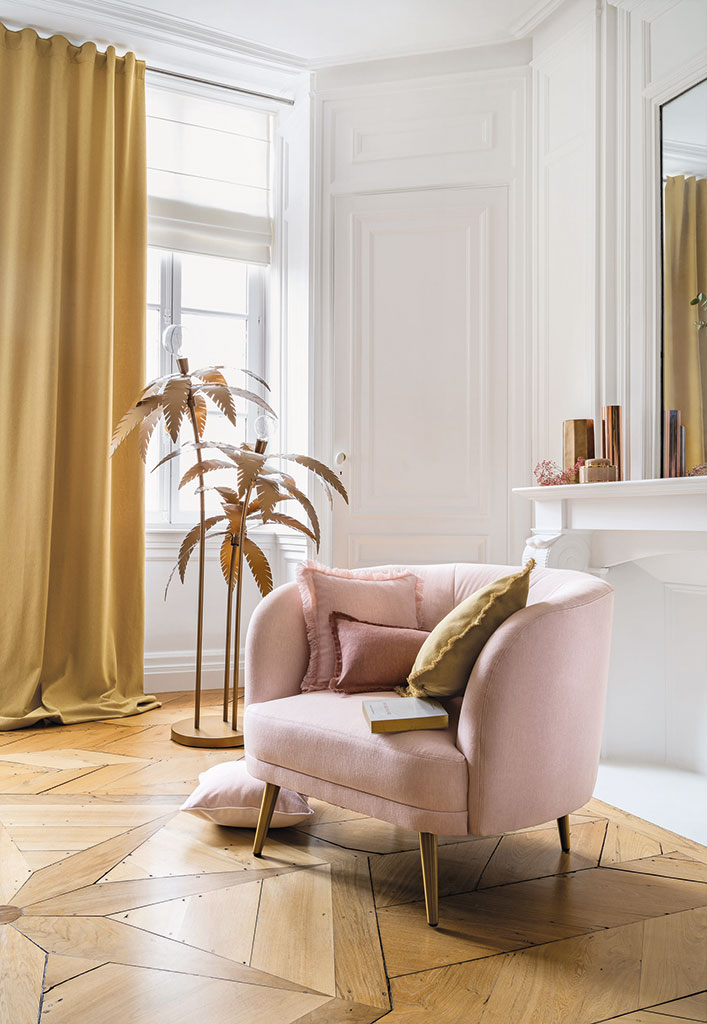
Colour blocking around the windows
The windows are a great place to express yourself when colour blocking. Owing to their sleek straight edges, some of the best options for colour blocking around the windows are roller blinds, Roman blinds and Day & Night blinds. The square, block nature of these striking window furnishings will help you introduce a block of colour easily and efficiently.
In addition, by using a block colour blind, you can add a slightly different tone to help break up the space a little. For a real explosion of colour, you can even pick a quality vertical blind with whichever colour slats you’d like! Learn more about this great way to add something different to your home in our How To Make A Unique Vertical Blind blog.
You can also use accessories such as cushions and lamp shades to add further pops of colour into the space – the opportunities are endless!
Colour blocking is simple and effective. With countless colour combinations to consider, which will you choose?
Shop some of our products perfect for colour blocking:
